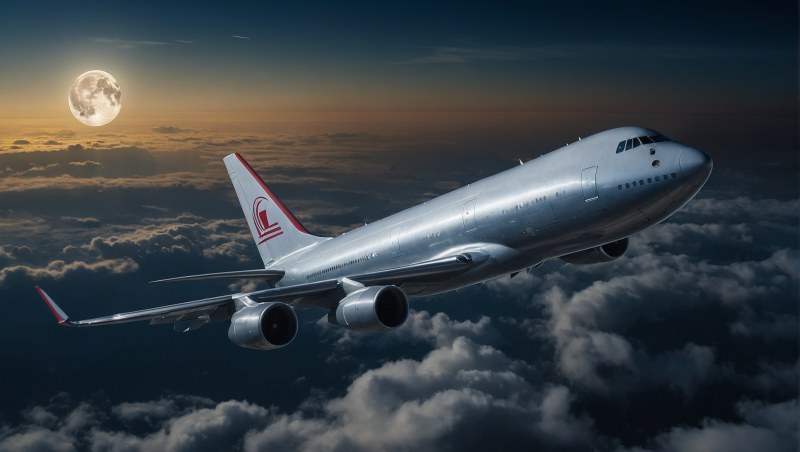Air cargo demand continued to grow at a robust pace in July 2024, according to data released by the International Air Transport Association. The association reported a 13.6% increase in global demand, measured in cargo ton-kilometers, compared to the same month last year. International operations saw even stronger growth, with a 14.3% rise. This marks the eighth consecutive month of double-digit growth, with overall levels not seen since the record peaks of 2021.
Cargo capacity, measured in available cargo ton-kilometers, also increased by 8.3% compared to July 2023. IATA attributes this rise largely to the increased capacity in international passenger flights, which grew by 12.8%, balancing a 6.9% increase in cargo flight capacity. However, it's important to note that the increase in passenger flight capacity was the lowest in the last 40 months, while the rise in cargo flight capacity was the highest since January 2024.
"The air cargo sector has reached record levels through July, with strong growth across all regions," said Willie Walsh, IATA's Director General. "Air transport continues to benefit from the expansion of global trade, the e-commerce boom, and capacity limitations in maritime shipping. With the peak season still ahead, this is shaping up to be a very positive year for air cargo. Airlines have demonstrated flexibility in navigating political and economic uncertainties to meet emerging demand trends."
The association also considers certain environmental factors to explain this trend. In July, the global manufacturing PMI index indicated expansion with a value of 50.2, while the new export orders index remained below the contraction threshold at 49.4. Industrial production was stable compared to the previous month, and global cross-border trade increased by 0.7%. Inflation remained relatively stable in the United States, Japan, and the European Union, with rates of 2.9%, 2.8%, and 2.8% respectively, while in China, it rose by 0.3 percentage points to 0.6%, the highest level in the last five months.
Regionally, performance varied significantly. Asia-Pacific airlines recorded the strongest growth, with a 17.6% increase in demand compared to the previous year. Intra-Asia routes grew by 19.8%, while routes between Europe and Asia, the Middle East and Asia, and Africa and Asia increased by 17.9%, 15.9%, and 15.4% respectively. Capacity in this region grew by 11.3%.
In North America, demand growth was 8.7%, partially hindered by flight cancellations and airport closures due to Hurricane Beryl. The Asia-North America route, the largest by volume, saw a 10.8% increase, while the North America-Europe route recorded a more modest 5.3% growth. Capacity increased by 7.0% compared to the previous year.
European airlines saw a 13.7% increase in demand, with the Middle East-Europe route showing a significant 32.2% rise, continuing a double-digit growth trend that began in September 2023. The Europe-Asia route also saw robust growth of 17.9%, with capacity up 7.6% year-on-year.
Middle Eastern airlines reported a 14.7% growth in demand, with particularly strong performance on the Middle East-Europe route, up 32.2%, followed by the Middle East-Asia route, up 15.9%. Capacity in this region grew by 4.4% compared to the previous year.
In Latin America, demand growth was 11.1%, partly restrained by flight cancellations and airport closures related to Hurricane Beryl in the United States and the Caribbean. Capacity increased by 9.4%.
Finally, African airlines saw the lowest demand growth, with a 6.2% increase compared to the previous year, the lowest figure recorded in 2024. However, demand on the Africa-Asia market rose by 15.4% compared to July 2023, while capacity grew by 10.5% year-on-year.



































































